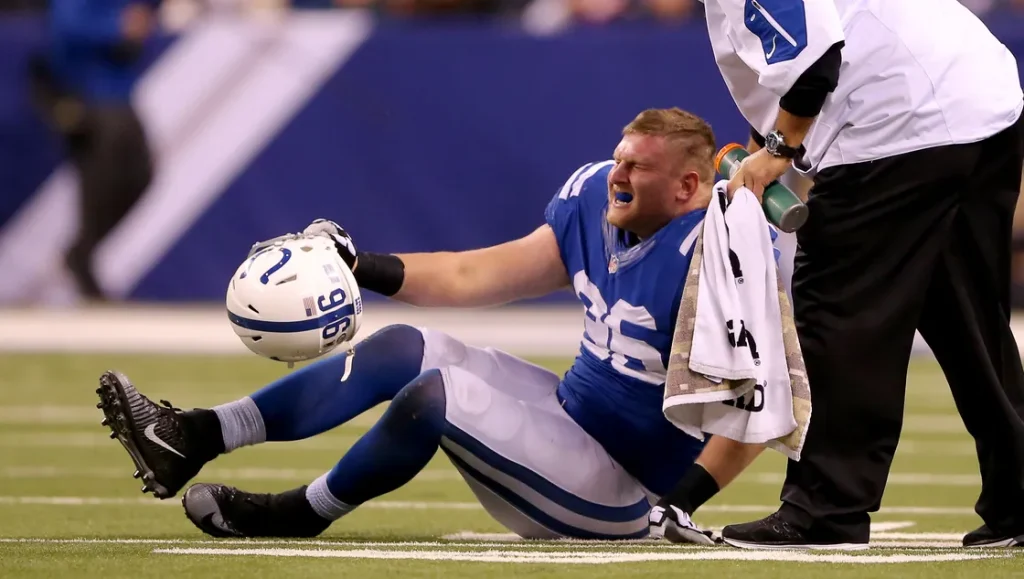Injured Reserve and Injured Reserve Lists in Professional Sports
In North American professional sports, the injured reserve list is a list used to identify players. Players are placed on the injured reserve list when they are unable to play for a certain period of time. The purpose of the injury reserve list is to protect players from re-injury. For the most part, players can return to the field once they have been cleared from the reserve.
Injured reserve
In professional sports, the term injured reserve is frequently used to describe a list of athletes who have been placed on reserve. In most North American sports leagues, the list is used to evaluate the status of players. A player who is on the reserve list is unlikely to return to the game. However, he may be able to continue playing if he is able to return to full strength. The list may be used to replace injured players on the active roster, as well.
The group formed in Phoenix, Arizona, when Corey first decided to pursue music full-time. He was a high school swim captain before taking up rapping. He began to take up the instrument after he was injured in a car crash. Injury Reserve’s breakout mixtape was recorded in a dentist’s office.
When a player is placed on reserve, he is unable to play the rest of the season. He must be paid while on the list, even if he is not fully recovered. Players on the injured reserve list are not counted towards the maximum roster size of a team. Injury reserve players will typically be noted with the abbreviation “IR” next to their name on rosters.
Physically Unable to Perform (PUP) list
The NFL’s Physically Unable to Perform (PUP-list) is a designation given to players who have been injured during football-related activities. Usually, players are placed on this list before training camp. Players who are placed on this list must be released from the list if they regain full physical ability.
Players on this list are not eligible for the NFL’s waiver system. They are not eligible to play during the regular season, even if their injuries are minor. Regardless of their condition, they are not eligible to participate in the playoffs. Players on this list are also not allowed to practice during training camp.
A player on the PUP list cannot participate in practice or any team activity until they are fully healed. Players on this list are typically out of the game for four weeks or more. However, players can be activated off of it at any time, meaning he could be eligible to play during training camp.
Non-Football Injury (NFI) list
A player can go on the Non-Football injury reserve (NFI) list if he or she is off the field. Players who are on the NFI list are not paid during this time. The NFI list works much like the PUP list, with one key difference. Players on the NFI list must sit out the first six weeks of the season, and are not allowed to practice.
Players placed on the NFI list include draft picks who suffered injuries while collegiate. For example, former Washington Redskins safety Bryce Love was placed on the NFI list when he was a fourth-round pick. He suffered a knee injury while playing collegiate football.
A player on the injured reserve list will not be able to play in the following season if he has a major injury. Players placed on the injured reserve list must pass a physical test before being able to return to the active roster. They will be ineligible for any postseason games or Pro Bowl games.
Status of players on IR
Injured reserve is a classification given to players on the injured list. Typically, players on injured reserve are out for eight weeks. However, a player can return to the field sooner than that. In recent years, the NFL has allowed players on injured reserve to return in less than eight weeks. Players on IR include wide receivers like John Ross, T.Y. Hilton, and Rashod Bateman.
Typically, teams put players on IR after the third or fourth game of a regular season. They can then bring those players back as soon as they’re healthy. But, the NFL changed that rule last year. Depending on the circumstances, a team can return two players on IR after eight weeks.
The NFL also has two other designations for injured players. The PUP list includes players that were injured in the previous season but have not fully recovered. The NFI list includes players who have suffered injuries that happened outside of football.
